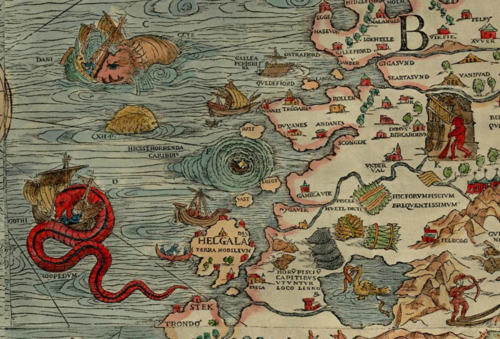MarkBour wrote:neufer wrote:MarkBour wrote:
Once the speed is assumed the impactor mass/diameter would be a simple function of the crater size.
I can imagine this statement to be true if you are talking about a relatively constant set of materials (the make-up of the impactor and of the impacted landscape, that is). And if you're using knowledge of past events to calibrate this. Or are you able to deduce this from deeper principles? Although Chris made a comment that craters form pretty much the same in ice or rock landscapes, I'm not sure he meant to indicate that size would be the same as well.
To a large degree, the size of the crater is determined by the kinetic energy of the impact (that is, the mass and speed of the impactor). For a wide range of realistic impact surfaces, the material simply isn't very important. At hypersonic speeds, the impactor is moving much faster than the velocity of sound in the medium, which tends to normalize the cratering physics across most surface types.
Certainly if a meteor hits an ocean, you get nothing. If it hits a thin ice shell above a liquid ocean, you get the smallest possible crater, perhaps -- just the size of the meteor. If a solid body hits something else solid (neither of which are strangely explosive) and the meteor vaporizes, that's what we're talking about ... is the size independent of the materials? That sounds too good to be true. But perhaps one of you will tell me that you can figure out precisely that.
Not independent, but not nearly as dependent as you would think. Yes, you can construct extreme cases like thin ice or deep sand impacts. But these aren't typical for most of what we actually see in the Solar System- impacts on deep rock, deep ice, or a mixture of the two.
I'm kind of hoping you'll answer that we need more data. I think it would be fun to run some experiments to calibrate the expected size. I guess speeds are typically like 10-50 times the speed of a rifle bullet, so it would be hard to try this at full scale in a lab. Hurling rocks at high velocity at an asteroid (in the name of science, of course) sounds like a bit of fun.
Much of our basic understanding of cratering processes comes from shooting very high velocity pellets using tools like the
Ames Vertical Gun Range. In addition, modern supercomputers are able to numerically model high speed collisions with (apparently) great accuracy. As such things go, the physics and the models are fairly simple.
 The Fractured North Pole of Saturn's Enceladus
The Fractured North Pole of Saturn's Enceladus
